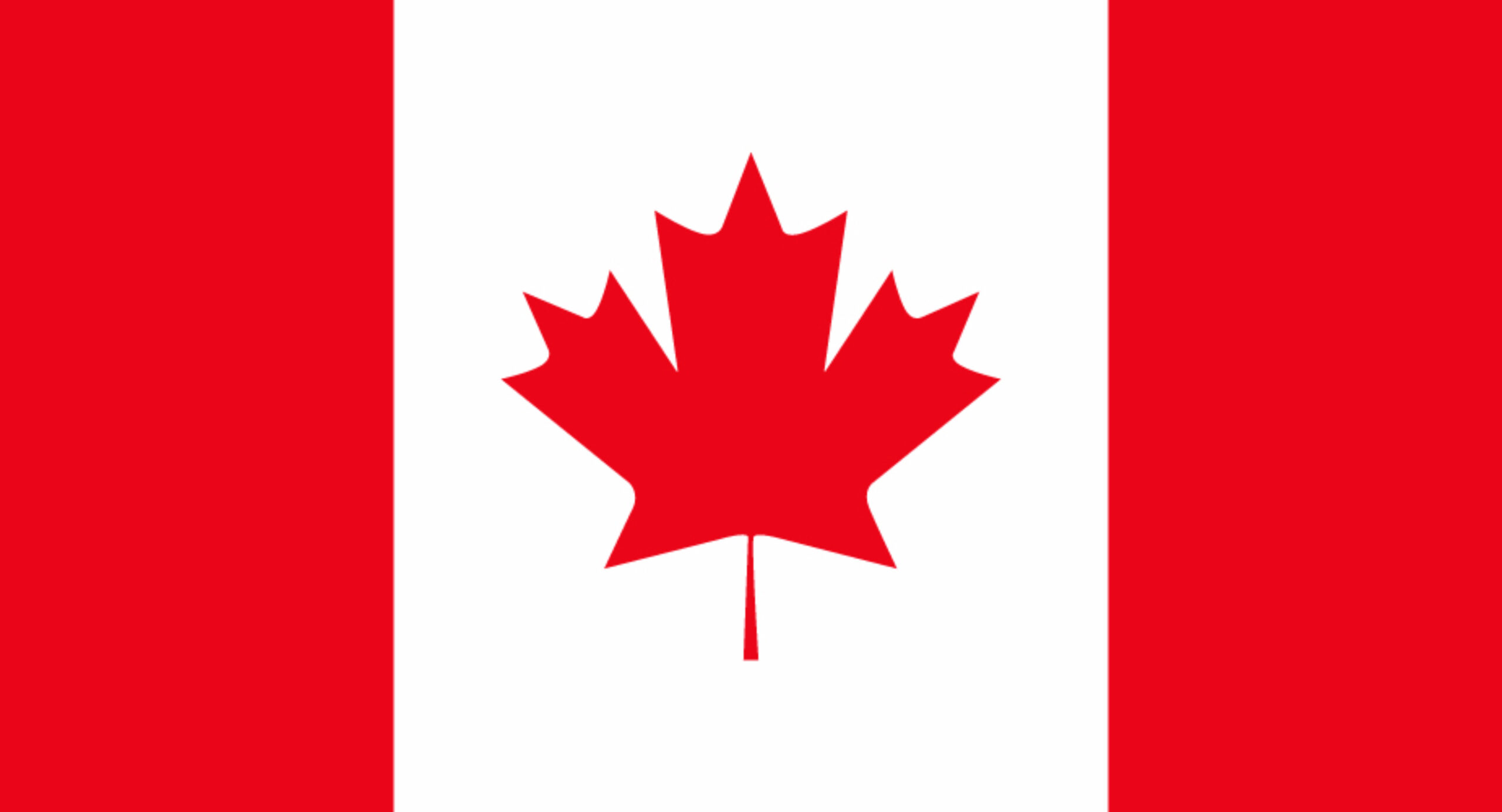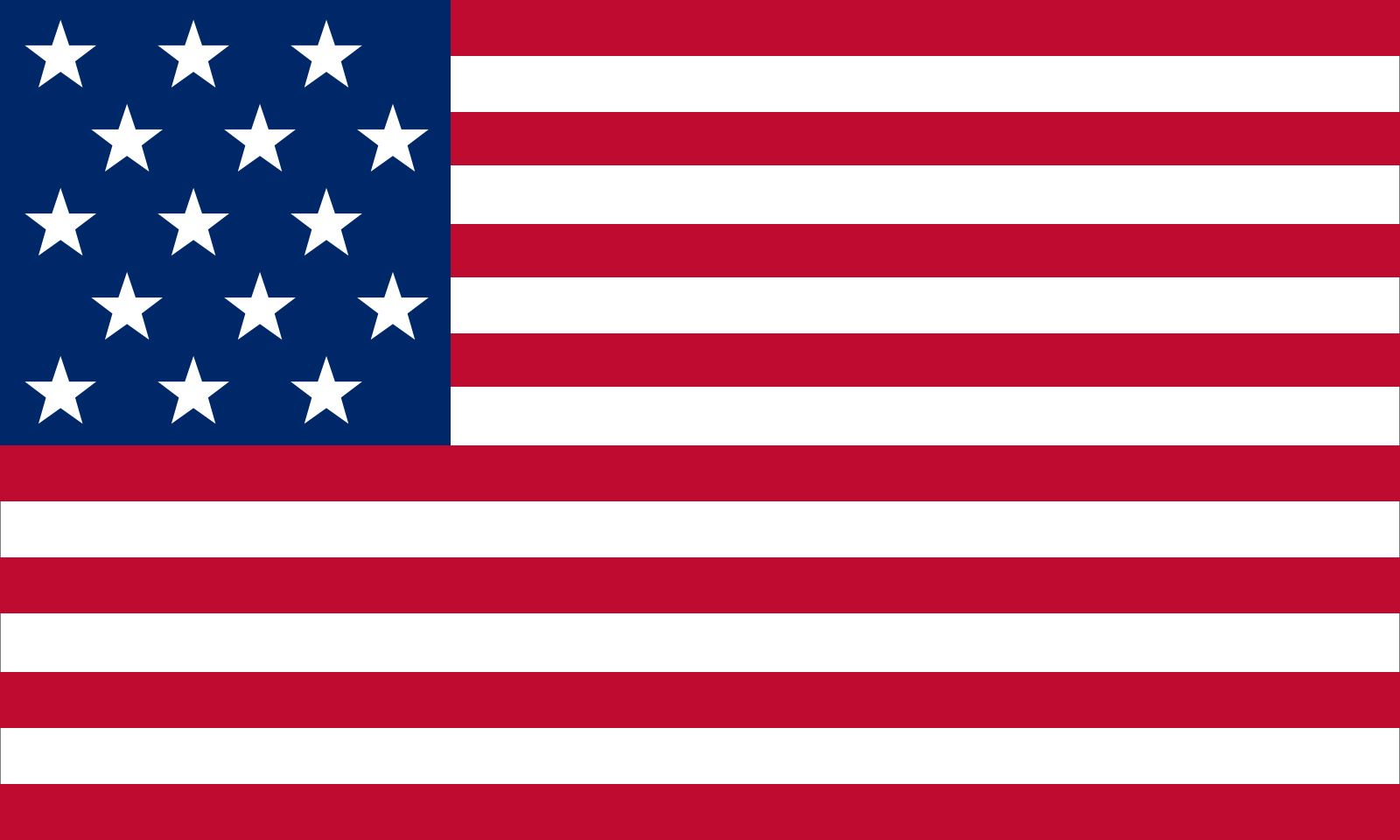The problem
Like almost every other aspect of Healthcare, Dentistry is a business…. and in order to ‘remain in business’ your focus needs to be on BOTH providing reliable dental care to your patients AND running a profitable business. There are a variety of ways to help improve patient outcomes but, in order to stay in business (so you can continue to provide services to your patients) you also need to operate a profitable enterprise.
Achieving both of these goals is more challenging than it appears…..Especially in today’s dental marketplace, where six (6) of the biggest challenges for Dentists are;
- Staffing shortages (which have reached epidemic proportions post COVID-19)
- Increased Operating costs (both fixed and variable)
- Reduced Free Cash Flow & Profit for Dental Corporations
- Improving Patient Outcomes without the use of chemotoxic Antimicrobial agents (1).
- Rising Inflation and Interest rates
- Increased Corporate Taxes
Essentially, addressing all of the above challenges boils down to a two-part problem; Part 1 is the clinical challenges surrounding the use of chemo-toxic ingredients on patients and Part 2 is the economic challenges of running a dental business.
Resolving the clinical challenges involves detailed Clinical Protocols and a paradigm-shifting Nanotechnology platform.
The vast majority of Dental Marketing and Practice Management experts will tell you that the ‘ONLY’ way to address the economic challenges is to be more profitable and to generate more income – the industry refers to this as “Production Based Profitability” and in current market conditions with operating overheads exceeding 70+% of Production, that model simply does not work. It also places undue pressure on staff to ‘sell more and produce more’ which has a very ‘sales-like’ feeling to it – an all too common occurrence with most Corporate Dental Offices (where the emphasis is more on the ‘up-sell’ and on meeting / exceeding sales quotas). This is something that most private Dentist owned Healthcare Clinics try their best to avoid.
When you realize that there is no simple /logical or fair way to cut costs associated with the two biggest operating expenses in the dental practice: those being the clinical costs associated with Staff and Doctors’ compensation (which represent better than 50-55% of all overhead expenses) you quickly learn that “It’s Not Just About What You Make – Its Also About What You Take”.
In other words, there have to be ways to effectively reduce your net operating costs so you can drive more profit to the bottom line rather than trying to simply increase the top line.
- The vast majority of these chemotoxic Antimicrobial agents are non-specific (indiscriminate) biocides which target both probiotic as well as pathogenic bacteria and which lead to bacterial and fungal overgrowths. These chemicals include commonly used Glutaraldehyde, Iodophors, MDPB (2), BHT (3), Chlorhexidine DiGluconate (“CHG”) and or Sodium Hypochlorite (“NaOCL”).
- MDPB = 1,2, Methacrololyoxl DodecylPyrinidiumBromide – A derivative of a Quaternary Ammoniated Chloride Disinfectant.
- BHT = Butylated Hydroxy Toluene – a toxic chemical substance (Endocrine Disruptor) banned in Europe, Canada, Japan, Australia and New Zealand




